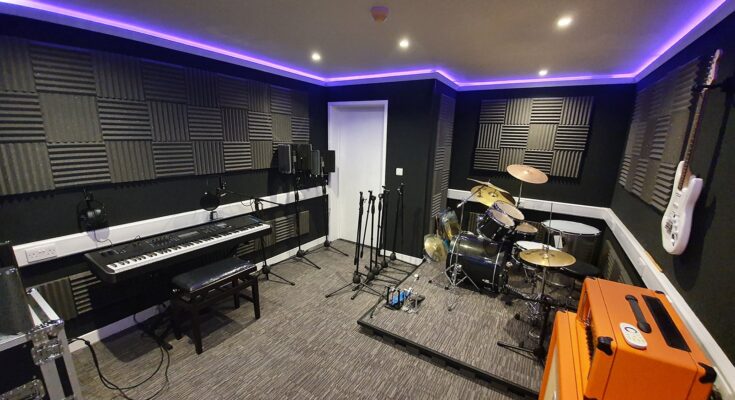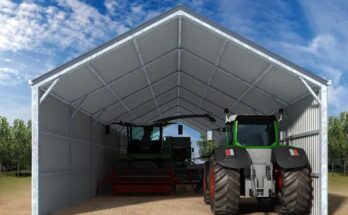As our homes and studios continue to serve as multi-functional spaces, the importance of soundproofing has become increasingly prominent. Whether you’re a musician who needs to record in a quiet environment or simply looking to reduce outside noise for a peaceful living space, choosing the right materials can make all the difference. With an abundance of options available, it can be overwhelming to decide what materials to use for soundproofing your home or studio.
This is where we come in. In this blog post, we’ll be discussing the top materials used for soundproofing, their unique properties, and how to properly install them. We understand that every space has different needs, and we have taken that into consideration when compiling this list.
-
High-density fiberglass batts
High-density fiberglass batts are one of the top materials for soundproofing your home or studio. These batts are made from spun glass fibers that are densely packed together, providing excellent sound insulation. They are easy to install and can be fitted between wall studs, in ceiling joists, or in floor cavities. The high-density composition of these batts makes them highly effective in reducing airborne sound transmission, making them ideal for use in walls, ceilings, and floors.
In addition, fiberglass batts are safe to handle and are resistant to mold and mildew, providing a long-lasting solution for soundproofing your space. When installed correctly, high-density fiberglass batts can significantly reduce noise levels and create a more peaceful and comfortable environment.
-
Acoustic foam panels
Acoustic foam panels are an essential material for anyone looking to soundproof their home or studio. These panels are specifically designed to absorb sound waves and reduce echoes, making them ideal for use in recording studios, home theaters, and even home offices. Made from a variety of materials, including foam and fiberglass, acoustic foam panels are available in a range of sizes and shapes, making them easy to customize to fit any space. They are also lightweight and easy to install, making them a popular choice for DIY soundproofing projects.
When properly installed, acoustic foam panels can significantly reduce the amount of noise that enters or exits a room, creating a more pleasant and productive environment for any activity.
-
Mass loaded vinyl barriers
Mass loaded vinyl barriers are one of the top materials for soundproofing your home or studio. These barriers are made of high-density vinyl that is loaded with materials like sand or ceramic to give them added mass. This added mass helps to block sound waves, making it an effective soundproofing material. Mass loaded vinyl barriers are also flexible and easy to install, making them a popular choice for DIY soundproofing projects.
Additionally, they are resistant to moisture, mold, and mildew, making them a durable long-term solution for your soundproofing needs. When used in combination with other soundproofing materials like acoustic foam, mass loaded vinyl barriers can significantly reduce noise levels in your home or studio space.
-
Soundproof curtains or drapes
Soundproof curtains or drapes are a popular and effective way to reduce noise levels in your home or studio. These specialized curtains are made of thick, heavy fabric that is designed to absorb sound waves and dampen noise. They work by creating an acoustic barrier between the inside and outside of your space, helping to block out unwanted sounds and improve the overall sound quality of your environment. Soundproof curtains or drapes are particularly useful in rooms with large windows or glass doors, as they can help to reduce the amount of noise that enters from outside.
When choosing soundproof curtains or drapes, it is important to look for materials that have a high noise reduction coefficient (NRC) rating and are designed specifically for soundproofing purposes.
In conclusion, soundproofing your home or studio can make a significant difference in the quality of sound you produce or enjoy. The materials mentioned in this post are among the top options to consider when trying to achieve soundproofing. However, it’s important to note that the effectiveness of soundproofing varies based on the materials used, the size and shape of the room, and the source of the noise.
Therefore, it’s recommended to consult with a professional to determine the best soundproofing solutions for your specific needs. With the right materials and installation, you can significantly reduce noise transfer and enjoy a more peaceful and productive environment.




